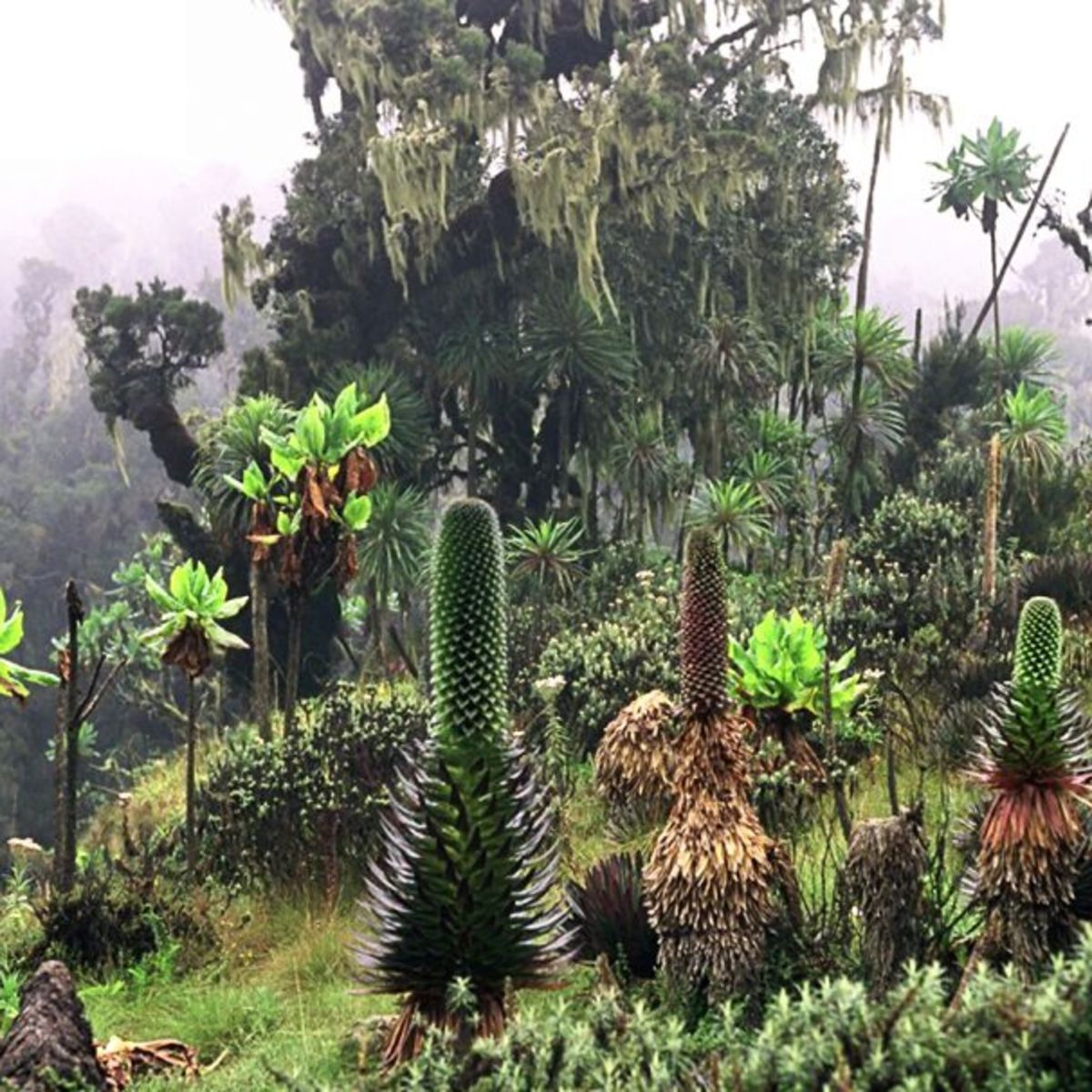
Hiking and trekking the Rwenzori Mountains of Uganda is high adventure
Uganda's Rwenzori Mountains have been called the Mountains of the Moon due to their unique flora and unearthly beauty. They are a stunning destination for incredible hikes, perfect for adventure travellers.
The Rwenzori Mountains offer incredibly beautiful and varied hiking trails. They're also home to Margherita Peak (5,109 m), Africa's third-highest point!
Where are the Rwenzori Mountains?
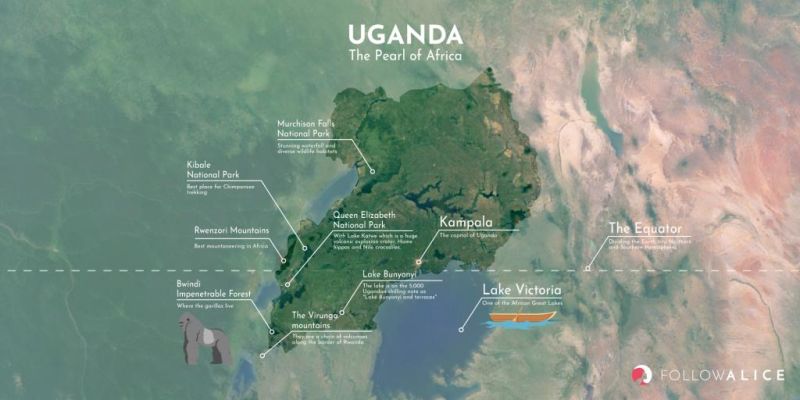
Africa's third highest peak: Margherita
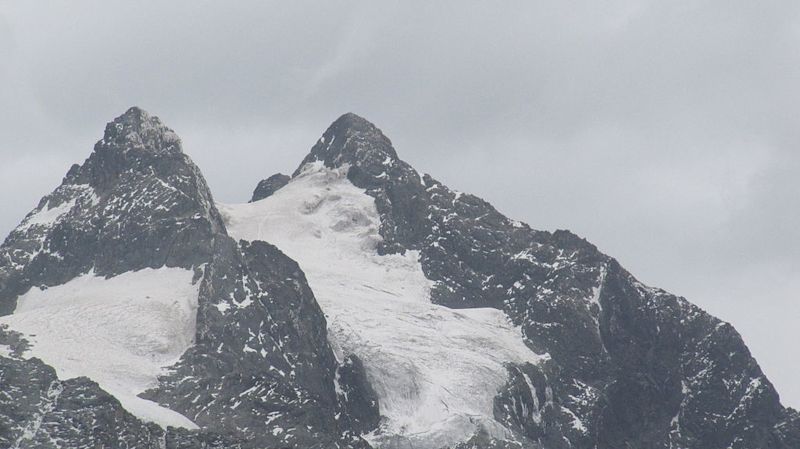
What does Rwenzori mean?
Rwenzori Mountains National Park
The Rwenzori Mountains National Park became a UNESCO World Heritage Site in 1994 because of its outstanding natural beauty.
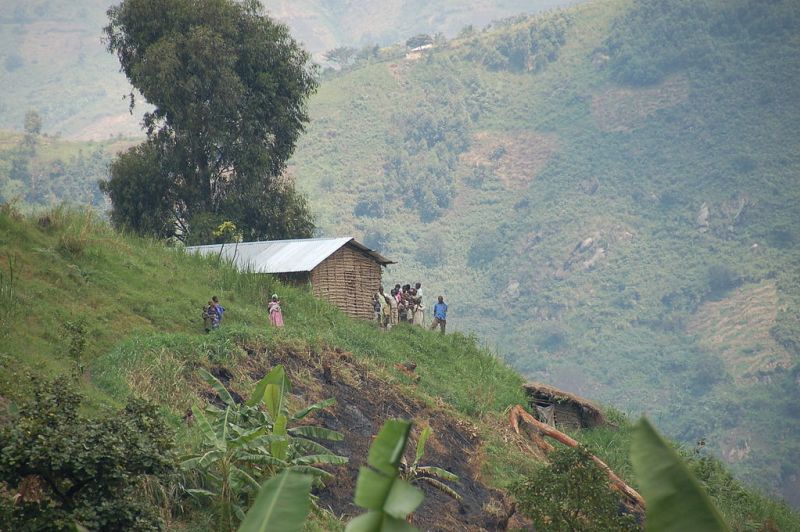
Unusual plants of the Rwenzori Mountains
The jungle
The damp, moss-draped trees give the jungle a ‘forgotten realm’ look.
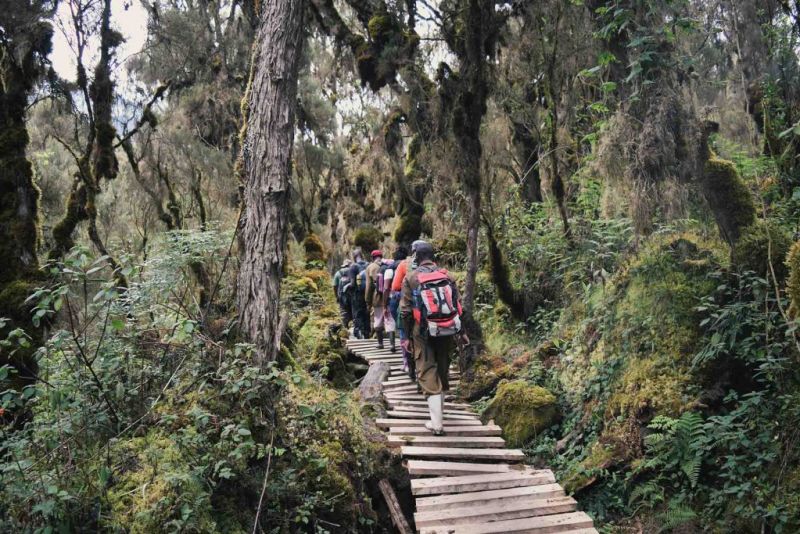
The mountainsides
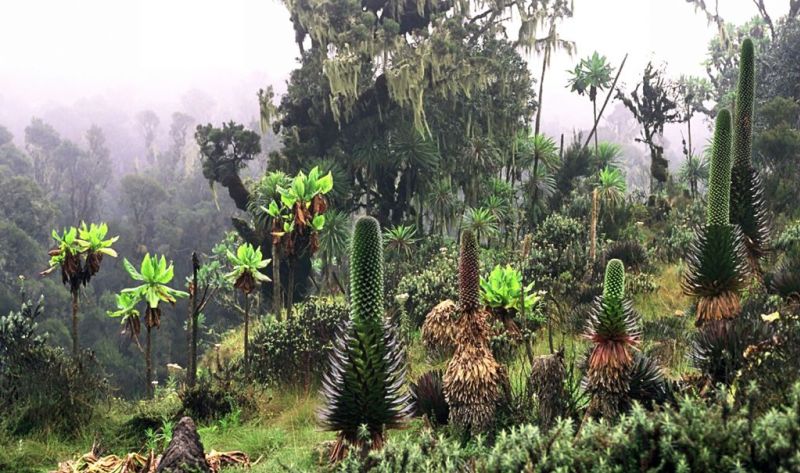
The peaks
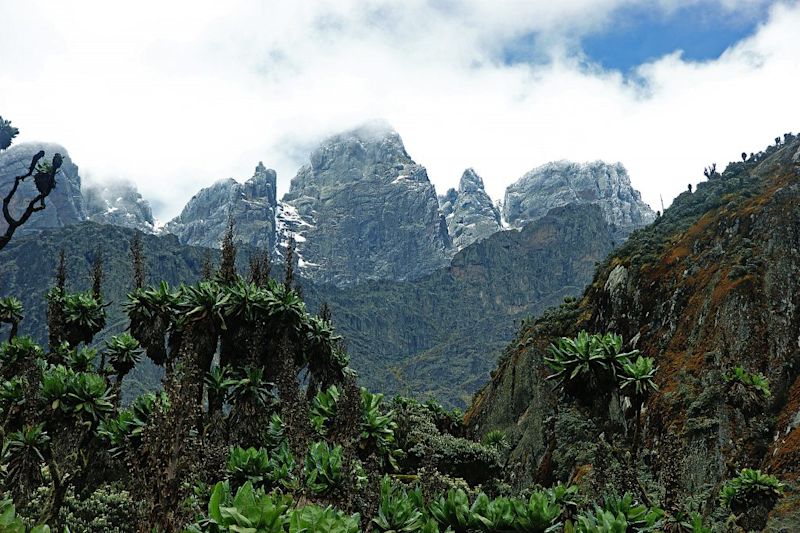
Unique wildlife of the Rwenzori Mountains
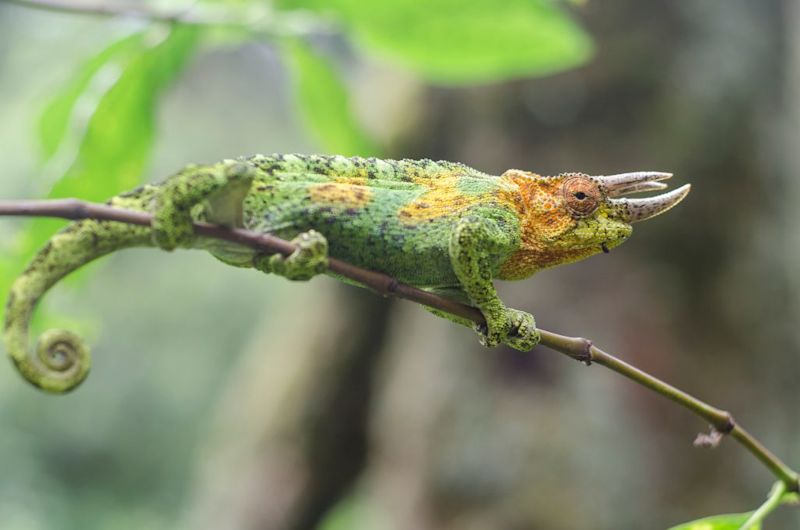
The park's mammals include elephants, leopards, chimpanzees, golden cats, bushbucks and duikers.
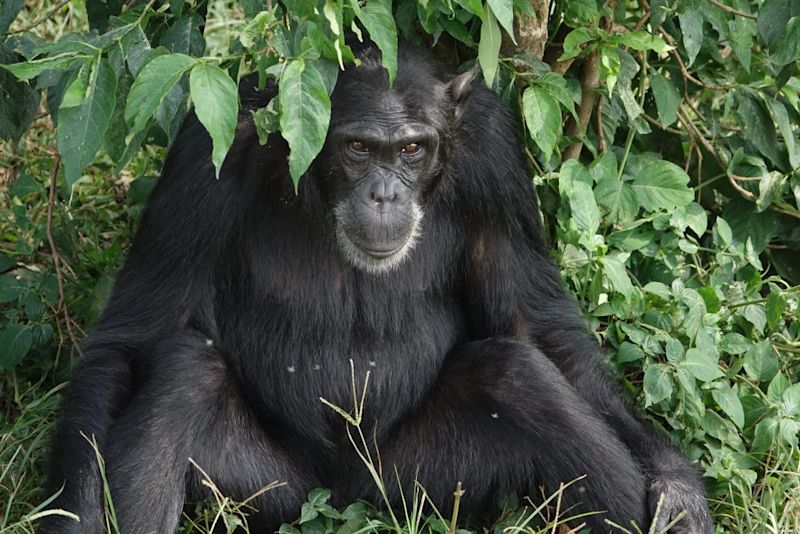
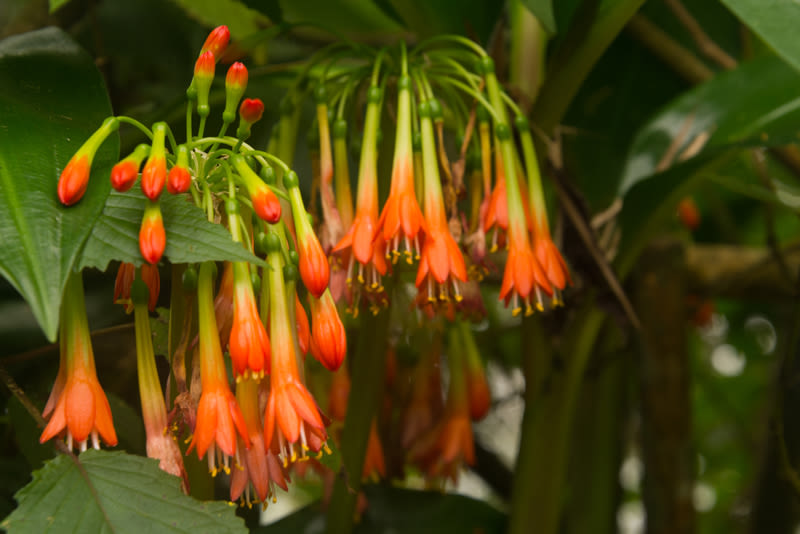
Trekking the Rwenzori Mountains
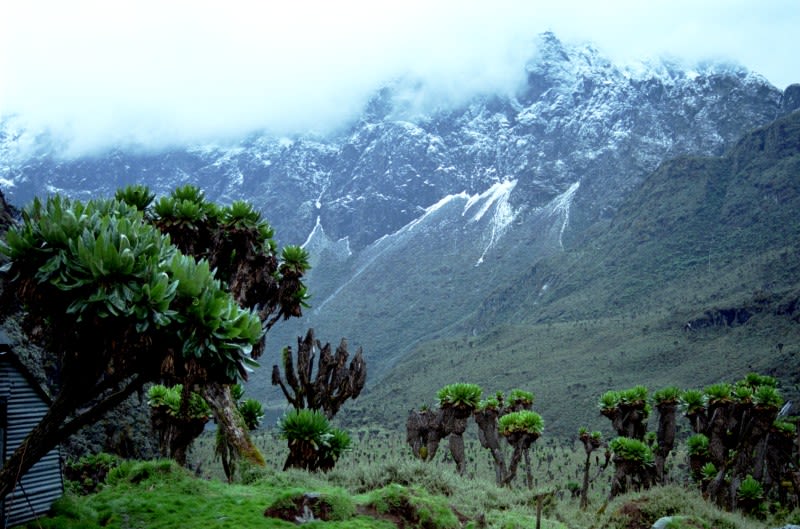
Mountaineering
Highest mountains of the Rwenzori Mountains National Park
Mt Stanley (or Ngaliema) is the third highest mountain in Africa. Its highest point is Margherita (or Savoia) Peak, which is 5,109 m above sea level.
Mt Speke (or Duwoni) is the fourth highest mountain in Africa. Its highest point is Vittorio Emanuele Peak, which is 4,890 m above sea level.
Mt Baker (or Kiyanja) is the fifth highest mountain in Africa. Its highest point is Edward Peak, which is 4,844 m above sea level.
The Rwenzori Mountains are markedly taller than the Alps!
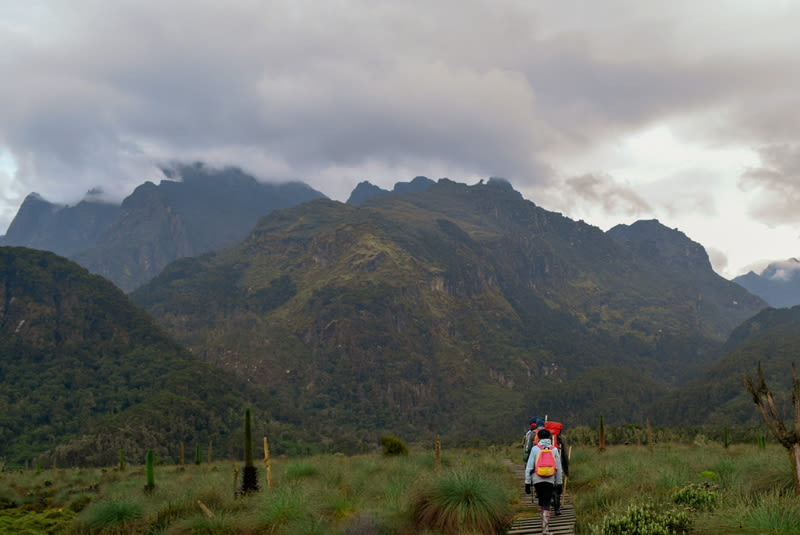
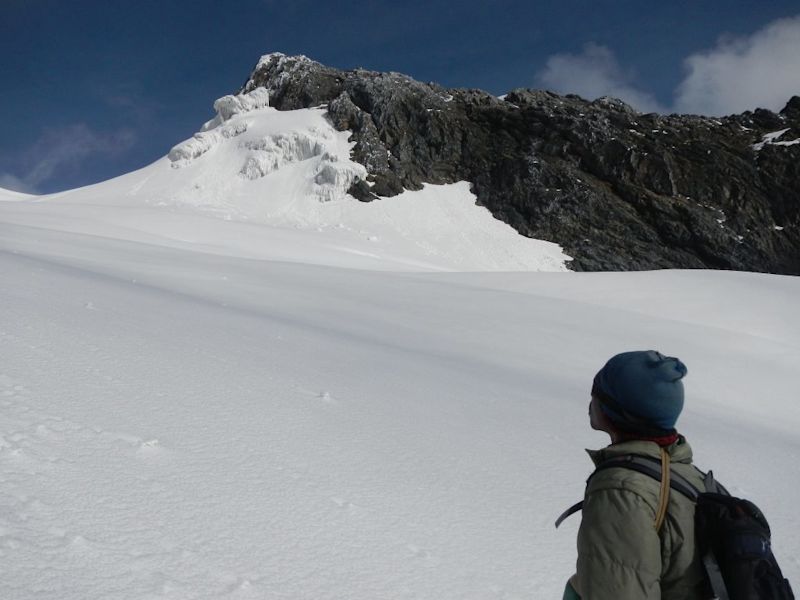
Multiday treks

High-altitude trekking
Trekking the green, mist-shrouded Rwenzori Mountains is like stepping into a wonderland. It's an incredible experience that will stay with you for a lifetime!
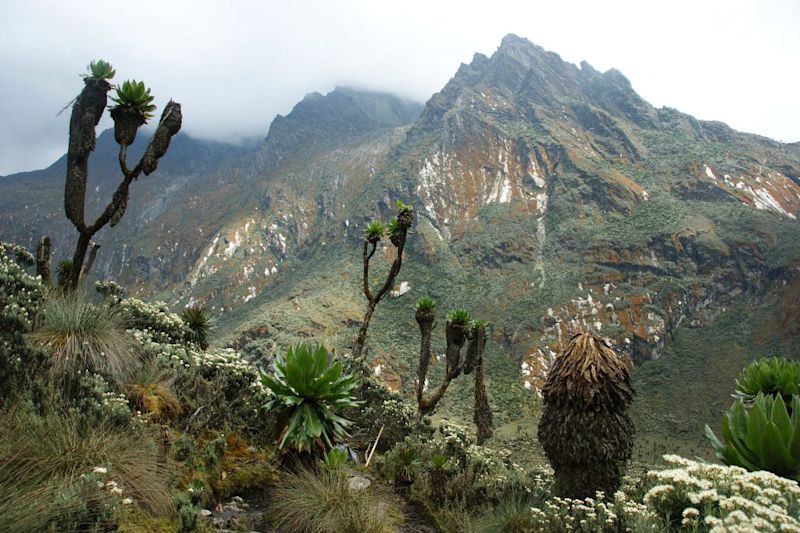
Trekker accommodation
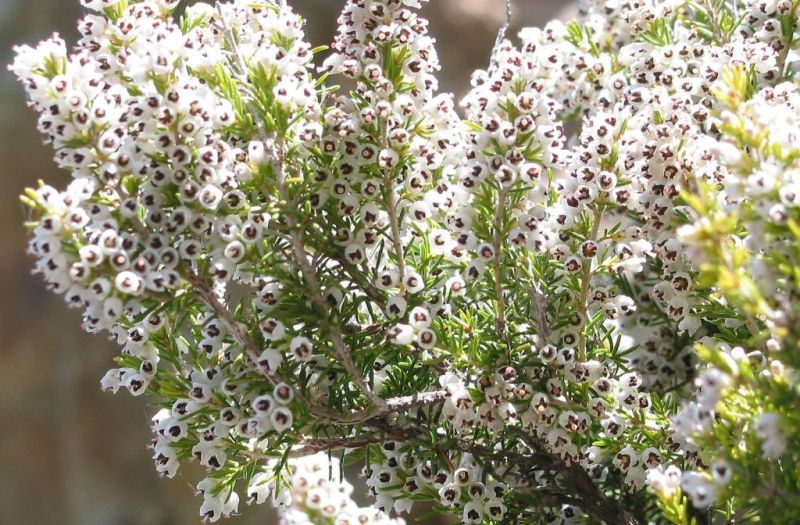
Best time to hike the Rwenzori Mountains
